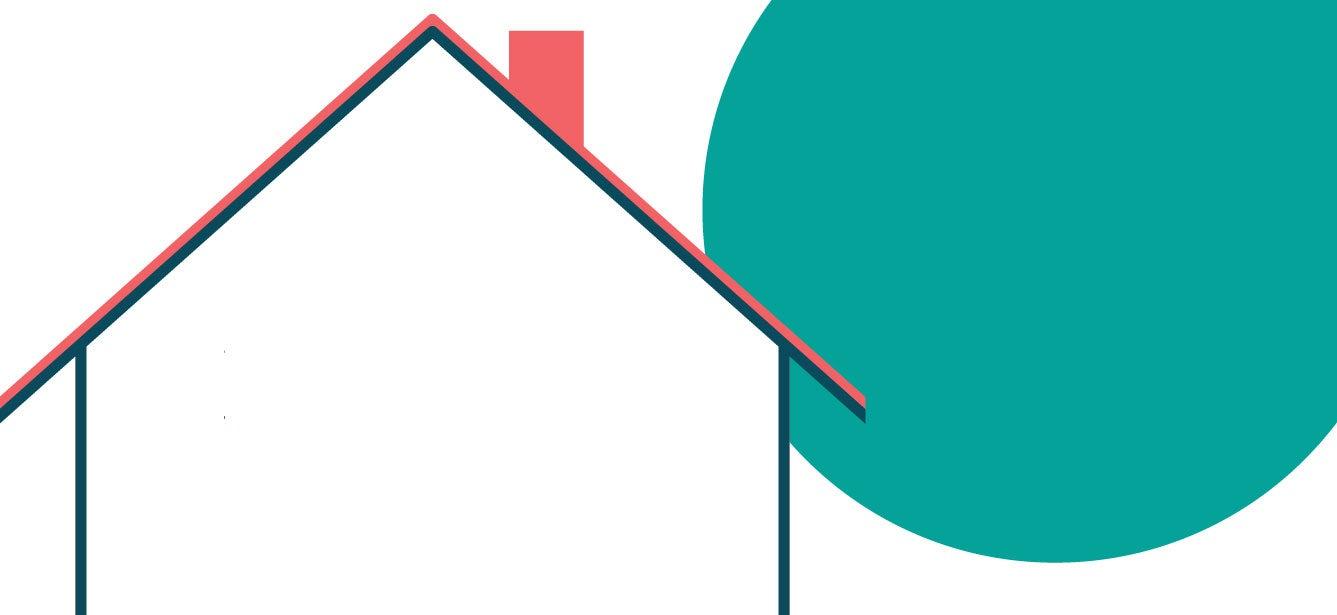
What should I know about this medication?
To lower your risk of falls, it’s important to always take your medication as prescribed. Your doctor and pharmacist will be happy to answer your questions and help make a plan to take all of your medication safely. Start by asking these questions:
- Why is the medication being prescribed?
- How long will it be before the medicine should be helping?
- What side effects should I watch for?
- Talk to your doctor if you have side effects like:
- Dizziness
- Light headedness
- Sleepiness during the day
- Confusion
- Lack of coordination in the legs
- Talk to your doctor if you have side effects like:
- How much and when do I take this medicine?
Are there alternative options to the medication?
Sometimes, if you experience bad side effects from a medication, your doctor may suggest a non-drug alternative. For instance, if a medication to help you sleep is causing daytime sleepiness or dizziness, increasing your risk of falling, the doctor may suggest things like not taking naps longer than 30 minutes during the day; avoiding caffeine in the afternoon; having a regular, relaxing bedtime routine; and not looking at electronic screens right before bed. Regular exercise can also improve sleep.
Should I take this prescription with food?
Often the instructions you get with a prescription will indicate if you should or shouldn’t eat when taking it. These guidelines are important because of how your body absorbs the medication. There are also some foods and beverages you should avoid with some medication, like grapefruit juice. Your pharmacist would be happy to help you plan the best times to take all your medications.
There also are helpful tools to help you keep track. Some options include:
- Pill boxes, which you can find at your pharmacy, to help you keep track of multiple pills per day. You can put all of your OTC and prescription medications, along with your supplements in here, so you don’t forget anything. It’s also a good visual reminder of if you’re on track.
- There are smartphone apps that track your medications and alert you when it’s time to take a dose.
- There are even machines that can be set up in your home to dispense the right medication and dose at the right time!
Can I take this and still have a glass of wine with dinner?
The combination of some medications and alcohol can increase your risk for falls. Medicines for sleep, pain, depression, and anxiety may not mix well with alcohol. Check the label and with the pharmacist if you think you want the option of a drink.
I know I should keep track of all the medication I’m taking. Is there an easy way to do that?
An up-to-date list of medication is a great way to start a conversation with your doctor or pharmacist about your falls risks. On the list, include all medication you’re taking. Don’t forget things like patches, eye drops, even creams a doctor has prescribed. Write down over-the-counter (OTC) medications and herbal supplements, too. The list should include medications you only take occasionally. Make a note of how much you take, how often and when you take it. The name of the prescribing doctor and the health problem it treats can even be helpful. Keep the list with you at all times. You can get started on your list today by printing this easy-to-use form.
Why am I keeping track of OTCs and herbal supplements?
Some OTCs and herbal products/supplements can interact negatively with prescribed medications. Older adults should avoid diphenhydramine – which is found in Benadryl and some OTC sleep aids. It has many side effects that can increase an older adult’s risk of falling. People with Alzheimer’s disease or other types of dementias should not take these medications because it can make symptoms of dementia worse. Before taking any new OTC product, talk with your pharmacist about how it could react with other medications you take.
Can I safely take my friend’s left-over prescription if it’s the same medication I take?
There are so many variables to prescription medications that it’s important not to share. Even if it has the same name, the dosage may be different. If you’re having a hard time paying for your medication, go to BenefitsCheckUp.org to look for benefits programs that can help pay for your prescription drugs.
Where is the best place to store my medications?
A cool, dry place, easy to access, but that doesn’t make it too easy for children or pets to be tempted by them is the ideal place to store medications. Try a dresser drawer or a kitchen cabinet.
I have a bunch of medication that I don’t take any more. How can I safely dispose of it?
Past the expiration date, medications may not work as well, and having them around the house where children, pets, or visitors can get to them can be dangerous. The expiration date of a medication – prescription or OTC – should be clearly marked on the packaging. Prescription medications generally expire a year after dispensed. Here are a couple options for disposal:
- If it’s a prescription, ask your pharmacy if they can take it back and dispose of it.
- Local police departments will often take medications to dispose of them. Call the station near you to see if and when they take medications.
- Twice a year the federal Drug Enforcement Agency sponsors a nationwide drug take back day where you can drop off medication at a publicized place in your community.
- There are also products you can buy at the pharmacy to make it safe to put medication in your trash at home. Ask someone at your local drug store about your options.
- As a last resort, you can put your medication in a baggie with kitty litter or coffee grounds and seal it up tight before putting it in the trash.
What do I need to know about opioids if they are prescribed to me?
Opioids for pain are a short-term treatment. They will dull the level of your pain, but they can also dull your thought process, which then becomes a falls risk. If pain persists, it’s possible your doctor or a pharmacist may suggest alternative options, like:
- Physical activity or exercise, which has been shown to decrease pain, even for arthritis and back pain.
- Evidence-based programs for falls prevention can strengthen muscles and increase mobility, while decreasing pain and your chance of falls.
- The Chronic Pain Management program is community-based class for people to work with peers on how to manage pain and medication use.
Often programs like these are usually offered at a local senior or community center. You can also contact your local Area Agency on Aging to find one.
As a pharmacist, I love getting questions like this from people like you. I want to make sure you’re in charge of your health. So, don’t be afraid to start a conversation with these 10 questions.




